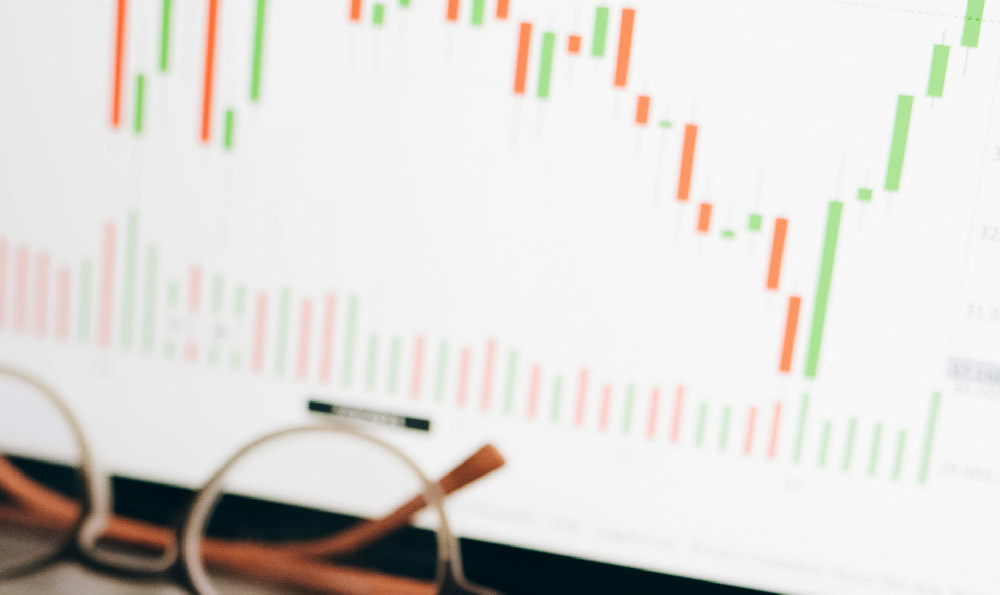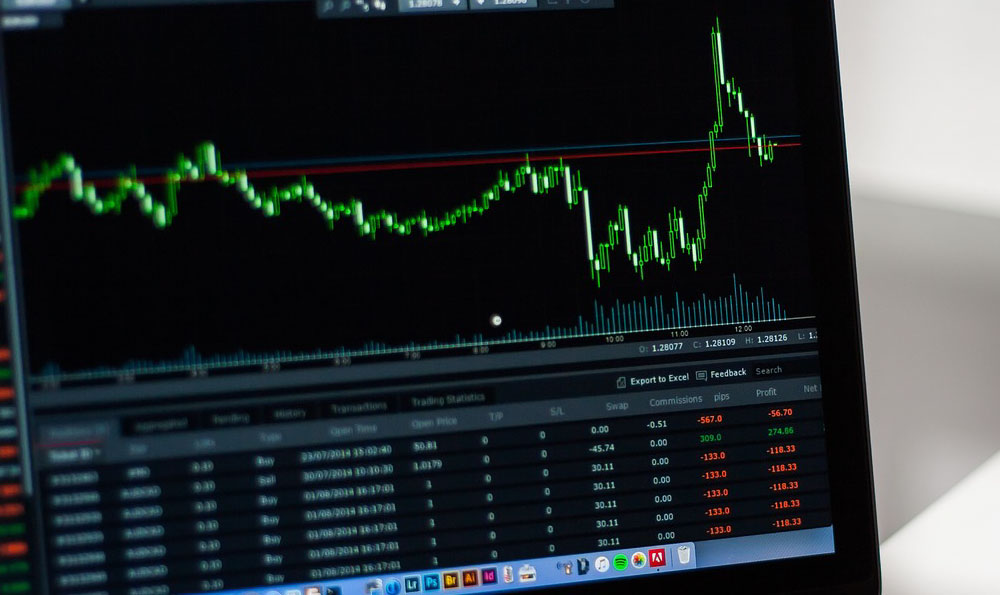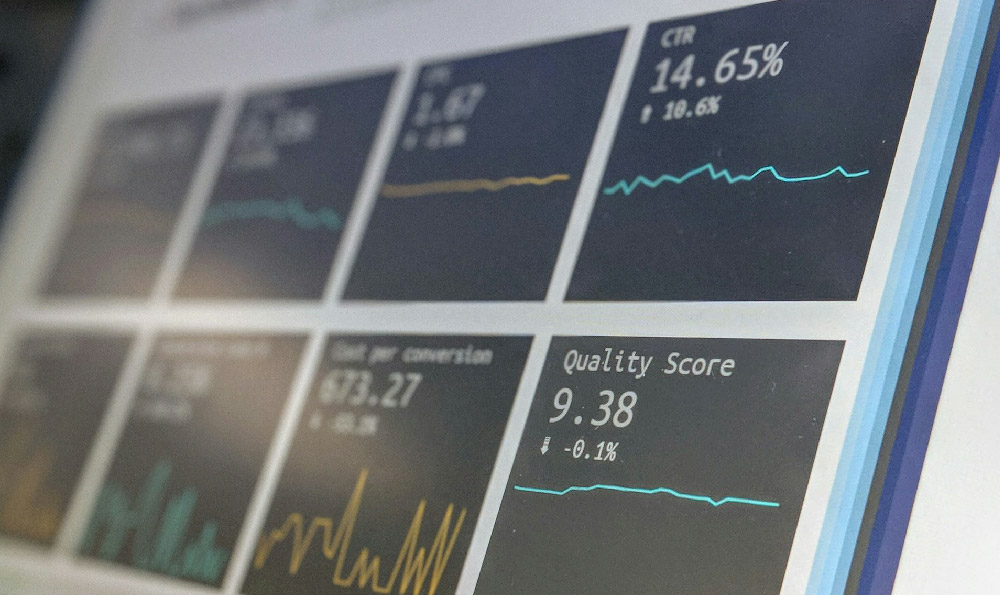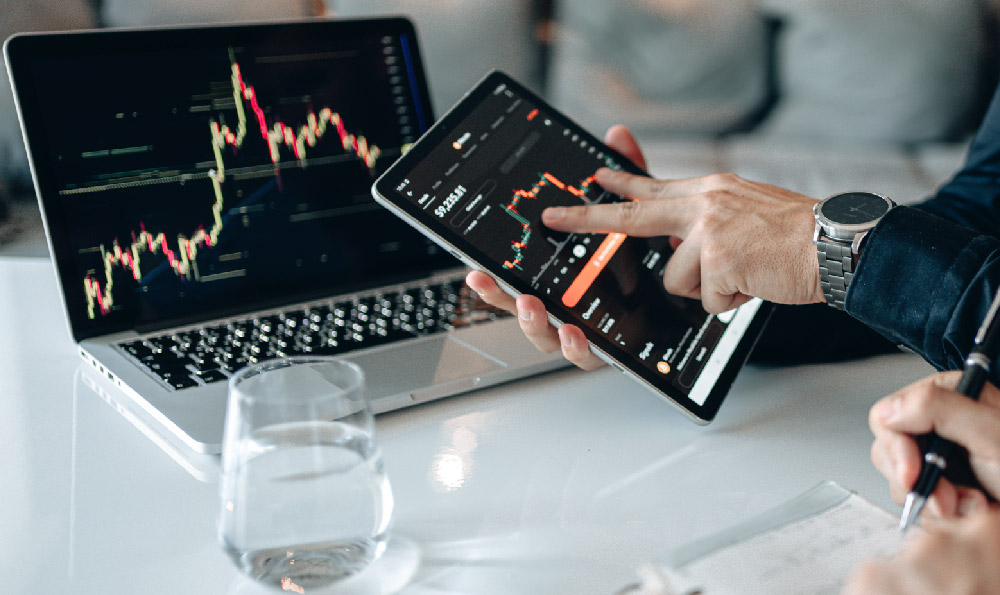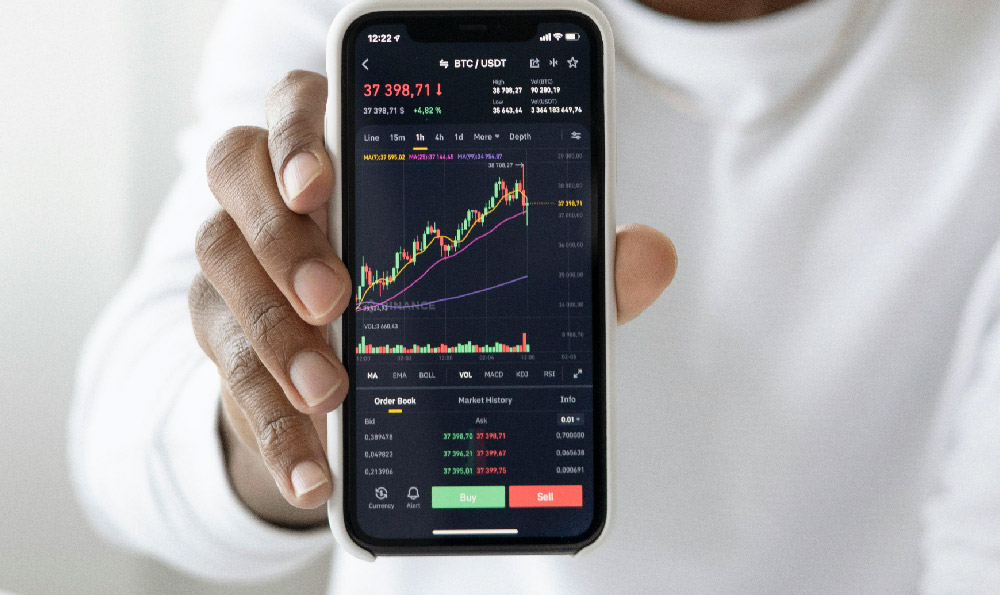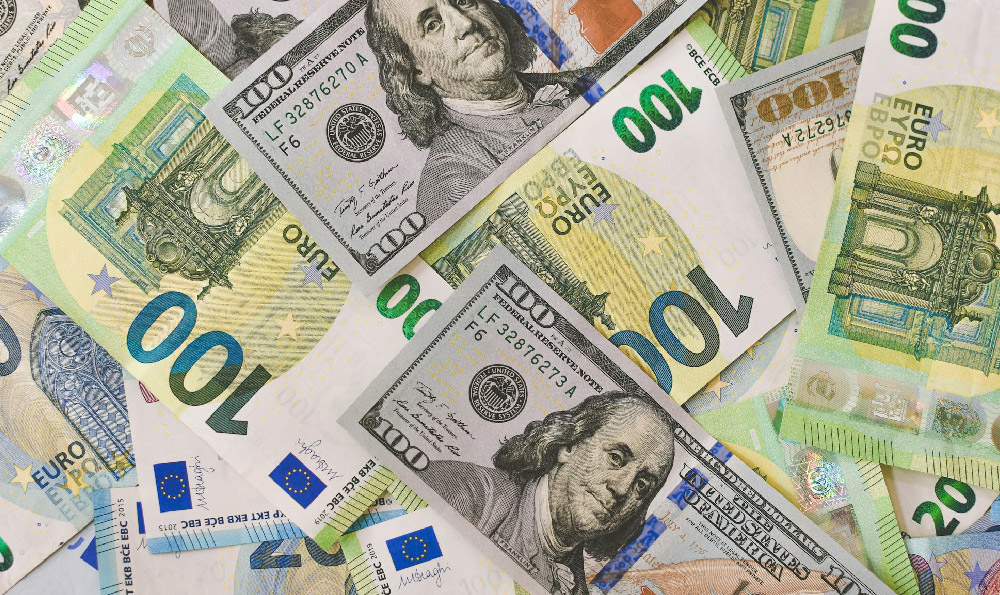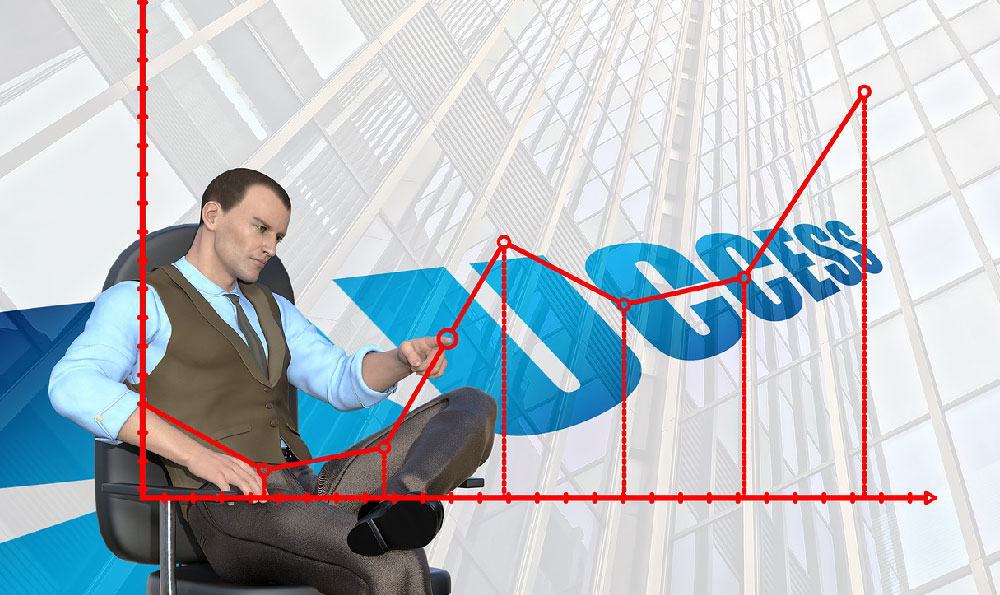Pablo Escobar, the name synonymous with the apex of drug trafficking, commanded an empire built on cocaine. To delve into the specifics of his daily and peak earnings is to grapple with figures so immense they almost defy comprehension. While exact accounting is, understandably, impossible in the context of an illegal enterprise of such scale, credible estimates paint a stark picture of his unprecedented wealth accumulation.
Pinpointing a precise daily income for Escobar is fraught with challenges. The clandestine nature of the cartel’s operations, the fluctuations in market prices, and the sheer volume of cocaine being moved all contribute to the difficulty. However, informed estimates, often citing reports from authorities and Escobar's own inner circle (later defectors), suggest a daily income that routinely reached tens of millions of dollars. Some sources claim that at the height of his power in the late 1980s, Escobar's Medellin Cartel was generating upwards of $60 to $70 million dollars per day. This calculation factors in the vast quantities of cocaine shipped daily to the United States and other international markets. This would make him among the richest people in the world, or potentially the richest at his peak. While profits could fluctuate based on shipping success and market demand, this figure remains a staggering indicator of his cash flow.
Breaking down that figure helps to understand its composition. A significant portion of the income was derived from the wholesale of cocaine. The cartel controlled nearly 80% of the cocaine market flowing into the United States during its prime. They maintained a sophisticated network for production, transportation (including innovative methods like submarines and airplanes), and distribution. Each kilo of cocaine represented a substantial profit margin, significantly higher in the US market than at the source. Escobar didn’t just profit from production; he controlled the entire chain, maximizing his revenue at every step.
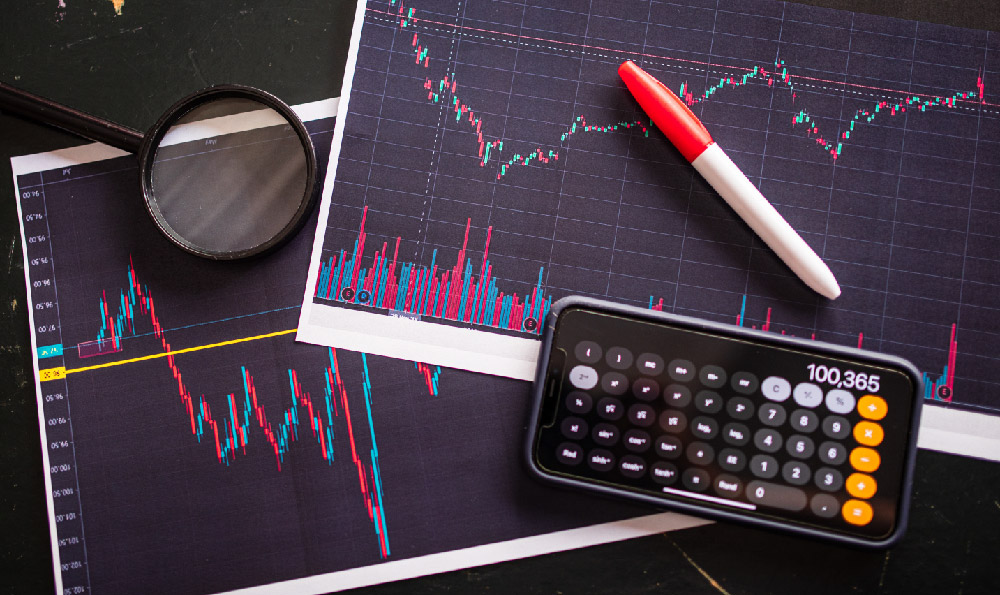
Another factor affecting the daily income calculation involves the cost of doing business. The Medellin Cartel was notorious for its violence and bribery. Millions were spent on bribing officials at all levels, from local police to government ministers. Extortion and intimidation were also commonplace, adding to the cartel’s operating expenses. Moreover, the cartel faced constant threats from rival organizations and law enforcement, leading to significant investments in security measures, including armed guards and elaborate safe houses. Even factoring in these substantial costs, the daily net income remained exceptionally high.
To understand Escobar's peak income, one needs to look beyond a single day and consider his annual earnings and overall net worth. Again, precise figures remain elusive, but credible sources consistently place Escobar's peak net worth in the tens of billions of dollars. Forbes magazine listed him as one of the world's wealthiest individuals for several years, estimating his fortune at around $30 billion USD in the late 1980s/early 1990s – a figure adjusted for inflation, would be substantially higher today. This fortune stemmed from years of exponential growth in the cocaine trade.
Escobar’s peak income wasn’t simply about drug sales. He strategically reinvested his profits into various assets, including real estate, luxury cars, private zoos, and even professional sports teams. This diversification aimed to launder money and create legitimate income streams, further solidifying his financial power. While many of these assets were eventually seized by authorities, they contributed significantly to his overall wealth during his reign. The investments themselves highlighted his ambition and foresight. He sought not just to accumulate wealth but to create a lasting legacy, albeit one rooted in criminality.
The sheer scale of his wealth presented logistical challenges. Stories abound of the cartel burying cash in fields, stashing it in walls, and even losing significant amounts to rats and mold due to improper storage. One infamous anecdote suggests that the cartel wrote off millions of dollars annually due to "shrinkage," which included money lost to spoilage or simply misplaced. This "shrinkage" alone would be a considerable fortune for most individuals or companies.
Furthermore, it's crucial to contextualize these earnings within the broader economic landscape of Colombia and the international drug trade. Escobar's wealth had profound implications for Colombian society, both positive and negative. He invested heavily in infrastructure projects and social programs, earning him the reputation of a Robin Hood figure among some of the poorer segments of the population. However, his reign was also characterized by extreme violence, corruption, and the erosion of the rule of law.
In conclusion, estimating Pablo Escobar's daily and peak income is an exercise in approximation, given the inherent limitations of tracking illicit wealth. However, the available evidence suggests that he routinely earned tens of millions of dollars per day at the height of his power. His peak net worth likely reached tens of billions of dollars, making him one of the wealthiest individuals in the world during his lifetime. These figures underscore the immense profitability of the cocaine trade and the devastating consequences of drug-related violence and corruption. While the allure of such immense wealth might be tempting, it ultimately came at a profound cost, both for Escobar himself and for the countless victims of his criminal enterprise. The legacy of Pablo Escobar serves as a stark reminder of the destructive power of unchecked greed and the importance of upholding the rule of law.



